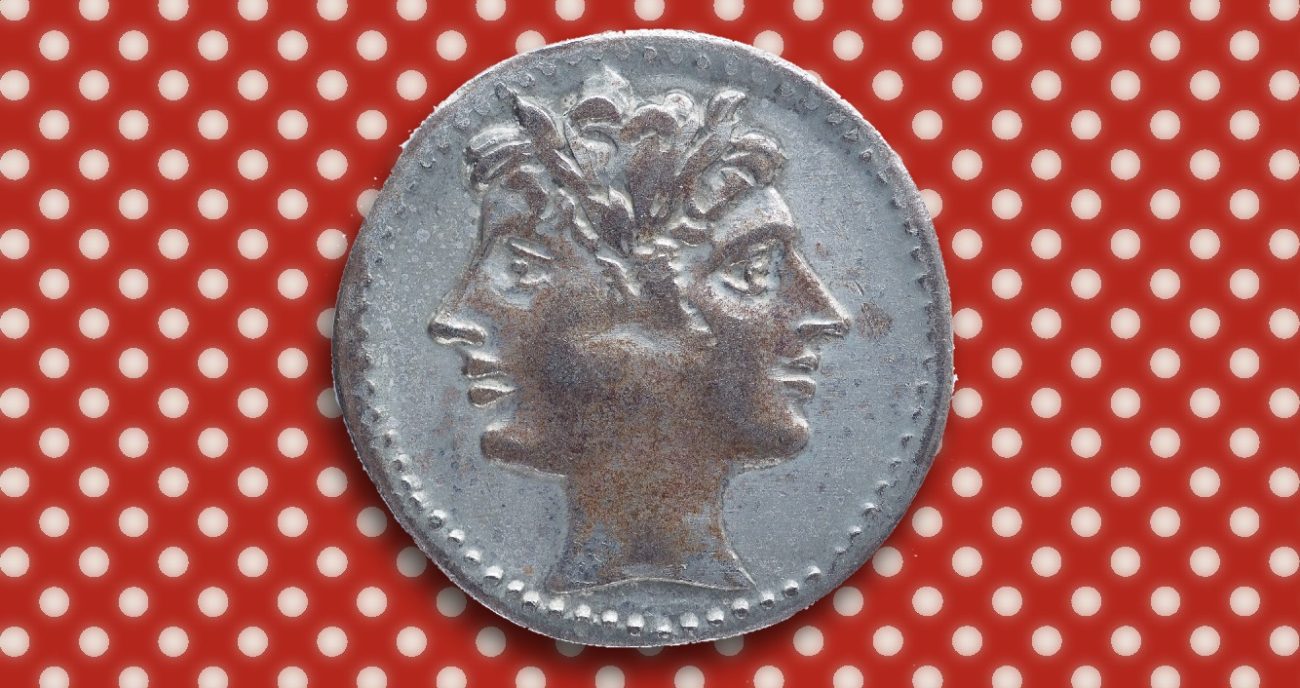Artists who open and close new eras
It’s something that the great photographer Pepe Lamarca said the other day in the Diario de Cádiz newspaper, and I agree with it: the young cantaores are going back to traditional canteand avoiding catchy little tunes, perhaps because nowadays they’re able to produce their own records and don’t have to follow the impositions of multinational record labels. I love listening to Samuel Serrano, María Terrremoto, Pedro

It’s something that the great photographer Pepe Lamarca said the other day in the Diario de Cádiz newspaper, and I agree with it: the young cantaores are going back to traditional canteand avoiding catchy little tunes, perhaps because nowadays they’re able to produce their own records and don’t have to follow the impositions of multinational record labels. I love listening to Samuel Serrano, María Terrremoto, Pedro el Granaíno, Jesús Méndez, Antonio Reyes, Manuel de la Tomasa, Pepito el Boleco or Toñi Fernández and to see how the evoke the older days and honor the memory of the great, forgotten artists.
That’s something that was meant to happen sooner or later, because some artists really abused performing the most trashy and commercial cante, those “tanguitos cameloncios” (“little non-sensical tangos”) as Emilio Jiménez Díaz used to call them when he talked about flamenco in Radio Popular. That was in the 70s and 80s, a good time in flamenco without a doubt, but also a time when some artists were more concerned with selling records, instead of singing properly.
I’ve said this many times already: it’s totally compatible to preserve traditional cante and also to create new things (for those who have such ability), which incidentally is what has always happened. If nowadays people perform the malagueña del Mellizo, and it’s considered a classic flamenco style, it’s because that historical cantaor from Cádiz was a creative artist and he succeeded in creating a new malagueña, different from all others. The same applies to baile and guitar.
We’ll always enjoy someone getting on a stage and singing a round of traditional soleares, just like when a symphonic orchestra plays a masterful piece by Mozart, Vivaldi or Manuel de Falla. Flamenco is the great classical music from Andalusia and let’s hope we never cease to perform the great legacy of artists such as Montoya, Ricardo, Sabicas, Chacón, Manuel Torres, Marchena, Caracol or Mairena.
Are we on the dawn of a new golden age in flamenco? I don’t know, I have my doubts about it. Yet, I’m sure that there is a new generation of young artists with a bright future. If we compare our days with all the history of flamenco, we’ll feel discouraged, naturally. Even if we just compare it with the age when flamenco summer festivals were born, in the 1960s and 1970s. Perhaps it’s a mistake trying to compare this age with any other, and we should rather accept that this is what we have and, like in any other period in flamenco history, there is a bit of everything.
I like when new artists look to the past to refresh styles, schools and sounds. Let’s hope they keep performing traditional flamenco. And if one genius comes up, stirring it all, he’ll be welcome. I mean a genius, not some delusional fantasist.




